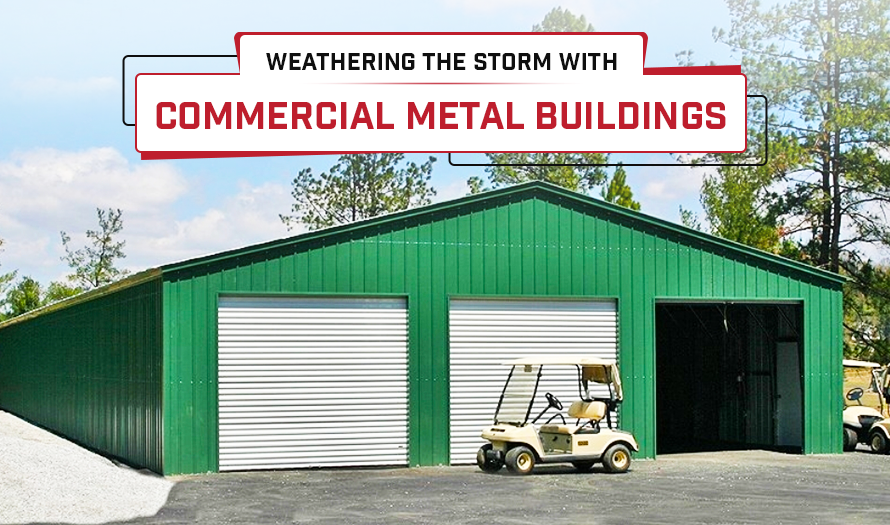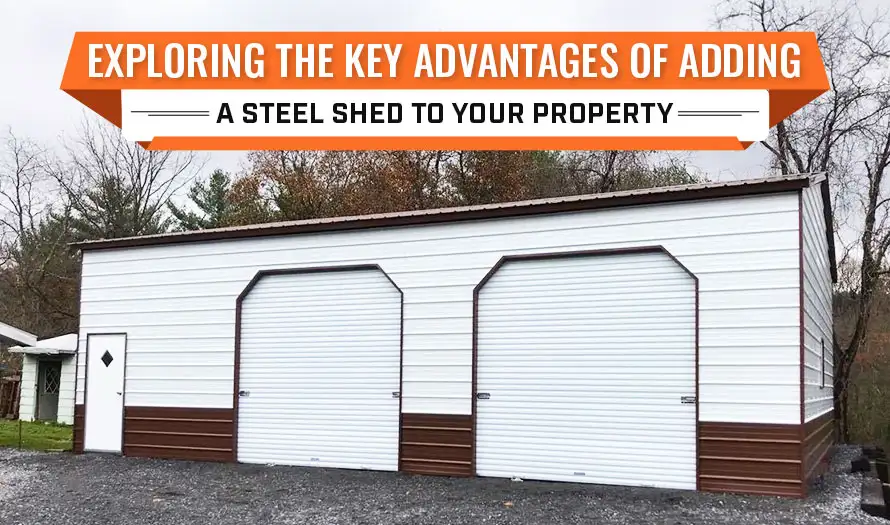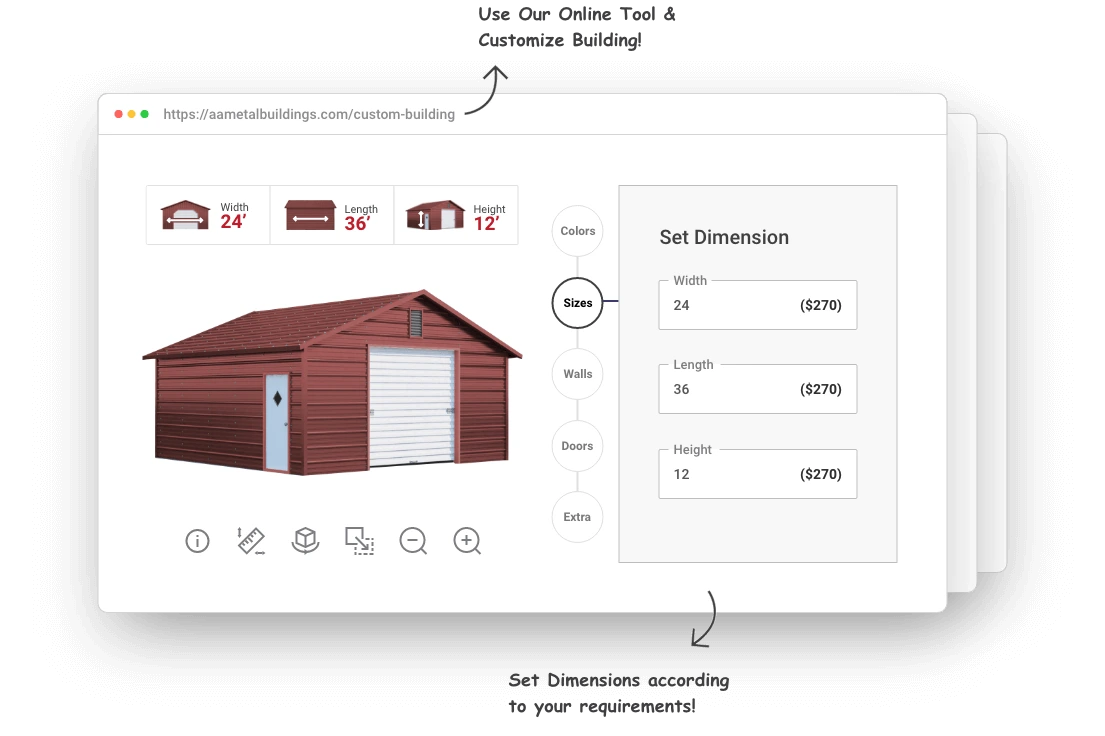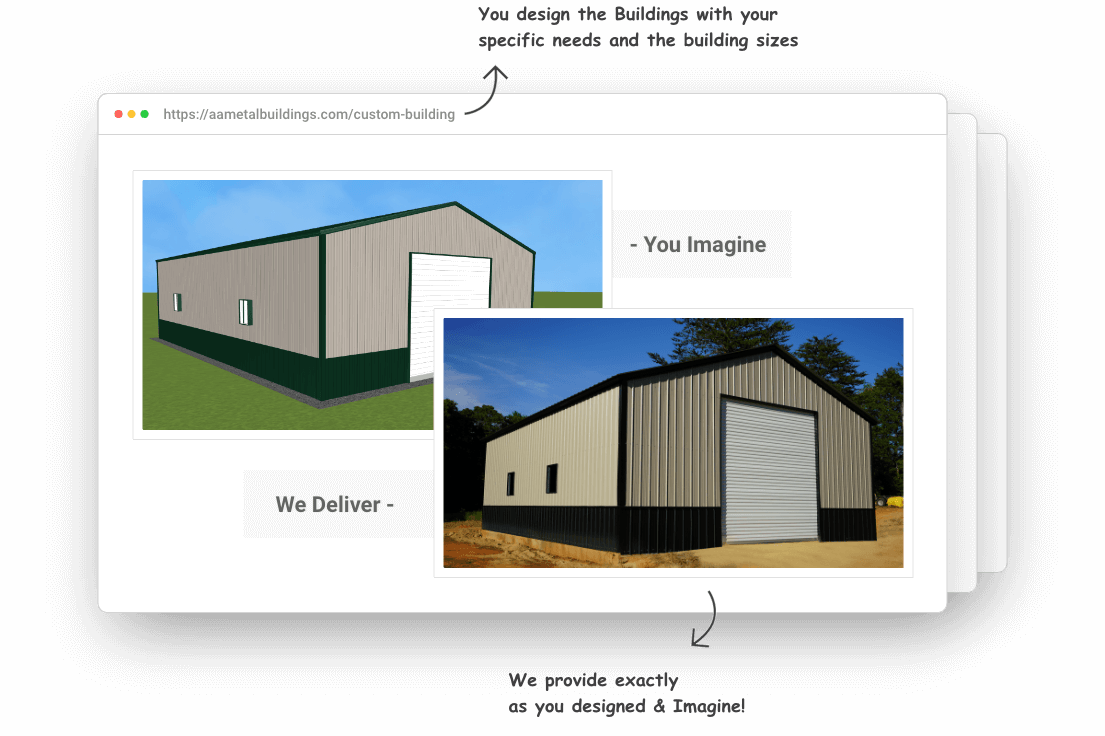Weathering the Storm with a Commercial Metal Building
No matter where in the US you call home, volatile weather is a part of everyday life. From thunderstorms to blizzards, these elemental hazards wreak havoc on vehicles, homes, and businesses. And due to the overwhelming cost of repairing these damages, many business owners are searching for a better way. And that better way is through the strength of steel engineering.
Commercial metal buildings are some of the safest structures for withstanding violent weather. These buildings are designed to resist high winds, heavy snowfall, and even earthquakes, making them a perfect choice for businesses looking for a durable building solution.
So why should you invest in a metal building to protect your business safe from Mother Nature’s wrath? Below, we will explore some key advantages of using metal buildings for your business, including their strength, versatility, and cost-effectiveness.
Metal Buildings and the Weather They’re Built For
When it comes to extreme weather, few man-made structures are up to the challenge. However, time and again, steel proves that it’s the type of material that can endure just about anything. So let’s dive into how these buildings handle their environment.
1. Commercial Metal Buildings Hold Their Own in Earthquakes
One of the major advantages of commercial metal buildings is their ability to withstand seismic activity. Metal buildings are built with steel framing, which is much stronger and more flexible than stick-built structures. This means that metal buildings are less likely to crack or collapse during an earthquake, making them a safer option for businesses located in earthquake-prone areas.
2. Commercial Metal Buildings Stand Strong in Hurricane Conditions
Hurricanes can be devastating for businesses, causing damage to buildings and disrupting operations on many levels. Fortunately, commercial metal buildings are built to withstand high winds and heavy rain, making them an ideal choice for businesses located in hurricane-prone regions.
3. Commercial Metal Buildings Are Ideal for Flood-Prone Areas
Flooding can be a significant concern for commercial enterprises, as it can cause massive amounts of damage to infrastructure and equipment. Fortunately, industrial metal buildings are ideal for businesses in flood-prone areas due to their natural resistance to water damage.
4. Commercial Metal Buildings Are Ideal for Fire
Fires are devastating for businesses, causing damage to buildings and disrupting operations. Fortunately, industrial metal buildings are some of the most resilient structures on the market when it comes to fire resistance capabilities. Metal buildings are built with steel frame and roof, which is much more resistant to fire than wooden structures.
5. Commercial Buildings Stand Up to High Winds
High winds can cause immense damage to structures, including roof and siding damage. Fortunately, commercial metal buildings are built to withstand high winds, making them a safer option for businesses located in areas prone to such windspeeds.
6. Industrial Metal Buildings Are Safe from Lightning
Lightning strikes can cause fires, damage machinery, and generally be quite troublesome for structures that aren’t adequately prepared. Fortunately, industrial metal buildings are an ideal way to protect against potential lightning strikes due to their steel frame and roofing. This means that if a lightning strike occurs, the electricity will be safely grounded through the metal building rather than causing damage to the building or its occupants.
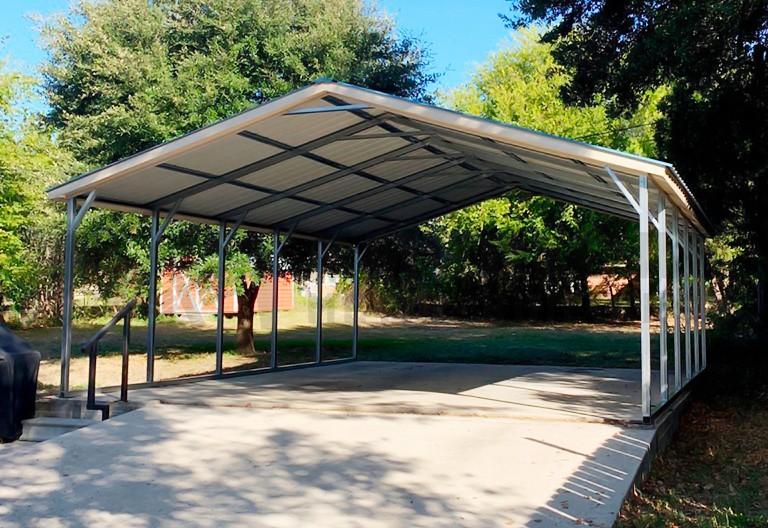
Important Construction Considerations for Building a Weather-Resistant Metal Building
Ensuring that your metal building can withstand extreme weather is incredibly important to the future of your business. Here are a few key construction considerations to keep in mind when designing and building a metal structure that can stand up to the elements.
1. Engineering Is the Key
The first and most crucial step in ensuring that your metal building can handle extreme weather is to have it properly engineered. This means working with an experienced structural engineer to design a building that meets your location’s specific needs and requirements and taking into account factors such as wind and snow loads, local codes, and other potential hazards.
2. Know Wind/Snow Loads and Local Codes
It’s essential to have a good understanding of the wind and snow loads that your building will need to withstand and any local codes and regulations that must be met. This information will be used in engineering your structure and help ensure it is durable enough to withstand extreme weather conditions.
3. Make Load Path Continuity
A critical part of ensuring that your metal building can handle extreme weather is ensuring the load path is continuous. This means that the loads on the building, such as wind and snow, are transmitted effectively from the roof to the foundation without any breaks or interruptions in the load path. This is achieved through structural elements such as trusses and purlins, which transfer the loads from the roof to the walls and, ultimately, to the foundation.
4. Choose the Correct Roof Style According to Your Environment
The roof is one of the most critical components of a metal building when it comes to extreme weather. Different roof styles have different strengths and weaknesses regarding weather resistance. For example, a pitched roof can shed rain and snow more effectively than a flat roof. As such, it’s important to choose the roof style that best fits the weather conditions of your area.
5. Strength-to-Weight Ratio
Another consideration when designing a metal building that can withstand extreme weather is the strength-to-weight ratio of the materials used. Metal is an excellent choice for construction because it is both strong and lightweight, which helps to reduce the overall weight of the building and improve its ability to withstand extreme weather conditions.
6. Ductility with Extreme Weather
Ductility is the ability of a material to bend and stretch without breaking. A building designed with ductility in mind is better equipped to handle extreme weather conditions, as it can bend and flex without breaking. This allows it to withstand high winds and heavy snow loads without collapsing or losing integrity. For this reason, steel buildings are some of the most ductile structures on the market and are regularly used for heavy-duty applications.
AA Metal Buildings Can Help You Weather the Storm with High-Quality Metal Buildings!
When it comes to building strong, durable metal buildings that can handle any type of environment and weather, AA Metal Buildings is the name to call! With years of experience in the industry and a team of experts dedicated to providing the best products and service, you can trust that a metal building from AA Metal Buildings will be engineered with strength, durability, and cost in mind.
Whether you need an industrial metal building, metal workshops, or metal warehouses, AA Metal Buildings has the expertise and resources to design a structure that meets your unique needs and requirements. We use advanced engineering to design a building that’s not only fully customizable but also built to take on just about anything Mother Nature can conjure!
So, if you’re looking for a long-lasting structure at a price point that won’t break the bank, give AA Metal Buildings a call at +1 (877) 244-4470. We’ll be happy to walk you through the process of designing and planning the structure you need to keep your business safe!
